Emma Flower Taylor Mansion – A Wedding Gift From Father To Daughter
The story of the Emma Flower Taylor Mansion began on January 2, 1890, in Washington, D.C. There, Ms. Emma Flower, daughter to Roswell P. Flower, married Mr. John Byron Taylor in Mr. Flower’s Washington address.
Emma, not quite 20 years old, married a man of 21 years whom the New York Times would years later report: “In club circles, where Mr. Taylor is known as ‘Jack,’ his experiences as a bon vivant, both in Watertown and New York, have made him as a much-discussed personage.”

Roswell, who had proven to be a wizard on Wall Street and a congressman at this point, was only two years from being elected Governor of New York. With Emma as his wife, Sarah Woodruff Flower‘s only surviving child, Helen R. Flower passed away at 2 in 1862, and Henry Kemp Flower, 16 in 1881, Roswell would spare no expense for his beloved daughter.
The Watertown Daily Times noted, “While Mr. Flower would not say what he was going to do for the young couple, his well-known liberality makes it certain that they will want for nothing in the future.” That wedding gift would become the Emma Flower Taylor Mansion.
Interestingly, there are some discrepancies regarding the construction date of the Emma Flower Taylor Mansion. Noted historian David Lane, who authored the series “Old Houses of the North Country” from 1941 to 1956, said it was erected in 1891 for Mrs. Taylor, a year after her marriage. However, there are no indications aside from property purchases made over the next few years for sight selection.

Historian Bruce G. Harvey, who did extensive research on the Emma Flower Taylor mansion that was noted on the now-defunct website brownstonemansion.com–
Despite their being married in 1890, questions of site selection, design, the loss of one child, and the birth of another delayed the start of construction until 1896. Clearly, it was worth the wait. The combination of wild exuberance and muscularity is everywhere evident in the house that Charles Rich designed for John and Emma Taylor, and is characeristic of the various Picturesque styles of architecture in America in the Victorian era.
Very little information from the newspapers can be gleaned about the construction of the Emma Flower Taylor mansion. Local Patrick Phillips, who built many of Watertown’s buildings in that era, including the Flower Building, managed the construction. Phillips had partnered earlier in his career with Col. George W. Flower, the first mayor of Watertown and brother of Roswell P. Flower.
There is, however, little doubt as to the year of the Emma Flower Taylor mansion’s completion, for the Watertown Daily Times noted the housewarming party in its October 7, 1897 edition–
A Grand House Warming
Mr. and Mrs. John Byron Taylor’s Party
The palatial new residence of Mr. and Mrs. John Byron Taylor on Clinton Street was the scene last night of a brilliant social event. The party was given by Mr. and Mrs. Taylor as a house making, and was the first formal reception of their friends in their new home.
The large mansion was thrown open and brilliantly lighted, and the guests had a fine opportunity to view its many beauties. Notwithstanding the large attendance, there was no crowd or crush, there being ample room for a much larger party.

In 1902, the Watertown Daily Times would report of “An elegant stable” to be erected for J. B. Taylor, using the same architect and many of the same materials as the Emma Flower Taylor mansion–
John Solar has been awarded the contract for the construction of a stable for J. B. Taylor, to replace the one now in the rear of his Taylor residence on Clinton Street, which will be the finest structure of its kind anywhere in this section.
The building will be of Medina stone with shingled gable and hip roof. The floor of the stable will be of cement, with brick arches and steel beams. Quartered oak will figure largely in the interior woodwork and there will be interior walls of glazed brick.
The second floor is to be fitted up for living apartments for the coachman. There will be a kitchen, living room, chambers and a hall. The living room will have a fireplace and the interior appointments will be of the best.
The estimated cost of the building complete will exceed $27,000. The present stable, it is understood, is to be removed elsewhere.
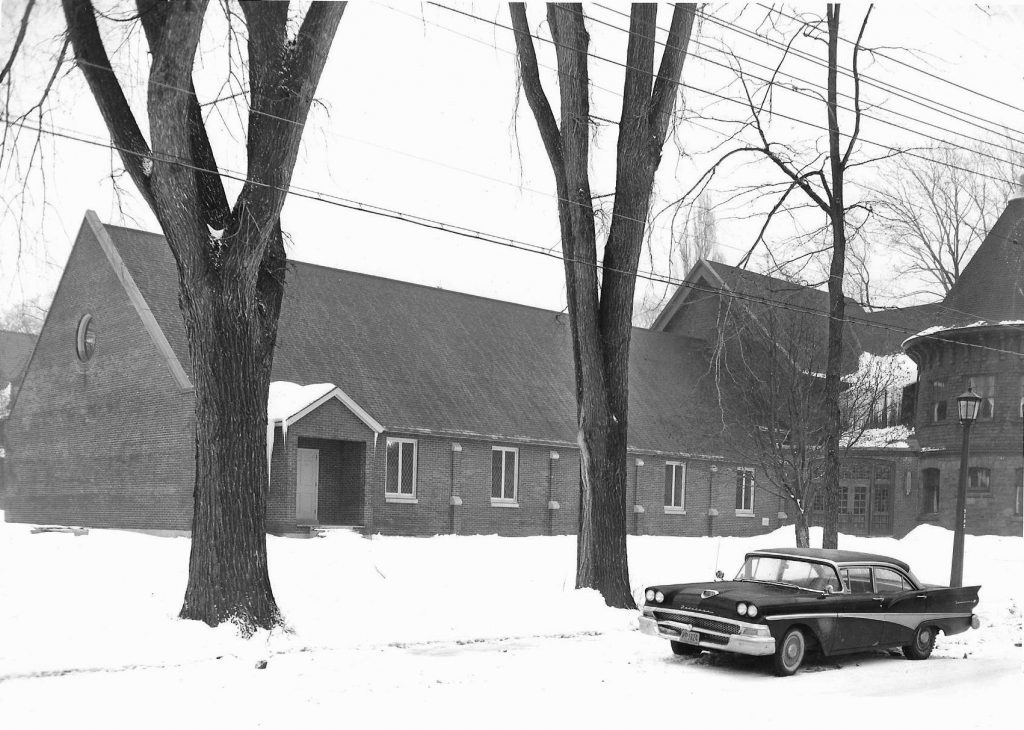
The Mrs. John B. Taylor Divorce
Even back in 1910, well-known people of affluence were often the discourse of media – particularly when there were personal matters at hand. On March 3, 1910, Emma Flower Taylor made the New York Times front page as they declared, “Mrs. ‘Jack’ Taylor Moves. Gov. Flower’s Daughter Comes to Live at the Plaza with her Children”–
WATERTOWN, N.Y., March 3 – Mrs. Emma Flower Taylor, wife of John Byron Taylor and only daughter of the late Roswell P. Flower, Governor of New York, has moved with her two children from her home here and taken up her residence at the Hotel Plaza, New York. A published report circulated here that her removal to New York was connected with a suit she was said to have begun seemed to surprise Mr. Taylor when it was brought to his attention to-day. Long-distance telephone inquiries for Mrs. Taylor at the Plaza brought the response that she was “not at home.”
At club circles, where Mr. Taylor is known as “Jack,” his experiences as a bon vivant, both in Watertown and New York, have made him a much discussed personage. At the time of his marriage he achieved a lot of public notice through the opposition of Gov. Flower to the match. The opposition even went so far as to include a trip to Europe in the hope that the daughter would recover from her infatuation. The wedding occurred at the end of the ocean journey, and while that was twenty years ago, it is still remembered as one of the social events in Watertown.
While Emma Flower Taylor eventually returned to the mansion on Clinton Street she called home, she lived there for only eight more years before moving into a newly constructed mansion on Massey Street.

J. B. Taylor became the President of the Northern New York Utilities Co. and later the owner of the Woodruff Hotel, which he rebuilt and expanded in 1920. His pursuit of wealth continued in later years as he purchased the former Sterling Mansion at Sterling Place, opening its pool to the public, and the former Van Brunt mansion on Washington Street, known later as the White House Inn.
Taylor continued his philanthropy and generous charitable nature until his unexpected and untimely death in 1927. He was remembered fondly in his memorial by Delos M. Cosgrove, who succeeded him as President of the Woodruff Hotel and Holding Corporation. An estimated 2,000 cars made the trip to Brookside Cemetery on the day of his burial, with another estimate of 8,000 to 10,000 people visiting his grave that day.
The Emma Flower Taylor Mansion Helps The Canadian WW1 Effort
After moving out of the Emma Flower Taylor mansion and into her new mansion on Massey Street, Emma would offer the Clinton Street address to the United States Government as a convalescent hospital for World War I soldiers. The government declined, saying they had no initial use for it but would most likely be glad to accept the offer before the war was over.

This opened up the opportunity for Canada, as the Knickerbocker Press reported–
Mrs. Taylor then paid a visit to Queen’s University Military hospital in Kingston, Ontario, Canada, and formally made a similar offer to the Canadian government through the hospital officials, with the stipulation, however, that should the United States at any time see fit to utilize the residence the latter was to have precedent over any claims of the Canadian Government.
A Canadian officer visited the house and except for a few minor recommendations he found the residence admirably suited to its new purpose.
The Knickerbocker Press would also report the reactions by the wounded Canadian soldiers–
One year ago today many of these men were lying in the mud of Flanders or in the first line trenches at Passchendaele with the Big Berthas throwing immense hunks of steel in their immediate proximity. The contrast of the shell-riddled surroundings in France to the magnificent home with its elaborate furnishings and cordial hospitality is such that some of the men can not convince themselves that it is all true when they wake up in the morning and find the tastefully decorated bedrooms, luxurious baths and rich atmosphere of their new quarters.

The Death of Emma Flower Taylor Marks End of an Era
Sadly, Emma’s declining health in her 60s had her traveling to Florida, where she passed away in Miami at the age of 64 in 1934. Her gross estate was worth more than $4,085,000, the equivalent of $96,842,241.42 in 2025-inflated currency. Though she made it a practice to give 10% of her income to charities, she undoubtedly went well over that, and the true costs of her generosity are immeasurably priceless.
Her two sons, Frederic H. Taylor Sr. and Attorney Roswell F. Taylor, received the Emma Flower Taylor Mansion as part of their inheritance. Roswell, who had a mansion built across the street at 244 Clinton Street in 1929, transferred his interest in the property to Frederic and Louise Taylor in 1936.
Roswell F. Taylor lived in his mansion for only several years, moving into his mother’s mansion on S. Massey Street after her death. A few years later, Frederic Taylor sold the brownstone mansion to then-mayor John B. Harris, who had long been a financial advisor to Frederic’s mother.

Shortly after this sale, around 1942, Mayor Harris converted the mansion into high-end apartments, marking the end of an era. Over the years, the property changed hands numerous times. In 1956, the property, assessed at City Hall for $30,000, was sold to Mr. and Mrs. Gordon T. Mercer of Gouverneur. Their ownership lasted only four years before it was sold in 1960 to Roger F. Shepard.
In 1983, Shepard sold the property to former Mayor Mr. and Mrs. T. Urling Walker. The Walkers did much to keep up the residence and led the drive to have the entire neighborhood listed as a historic district. The Emma Flower Taylor mansion itself was added to the National Register of Historic Places in 2002.
2003 – 2022
The following year, the Walker family sold the mansion in 2003 to River Rat Properties, owned by Katherine Perry-Pyne and her husband, Richard Pyne. The property would remain under their ownership until 2017 when it was sold to Taylor Mansion, LLC., headed by then Air Force Sergeant Tyler F. Weese and a silent partner. On April 29th, 2022, the property would be sold to The Emma Flower Taylor Mansion, LLC, for $1.65 million.























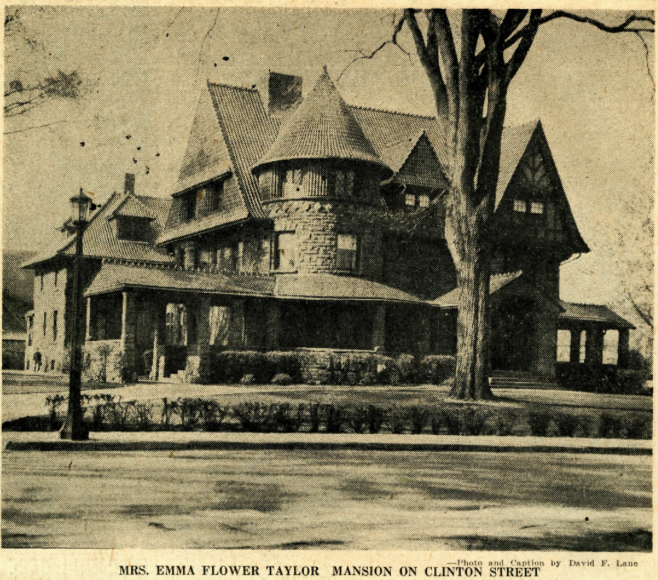





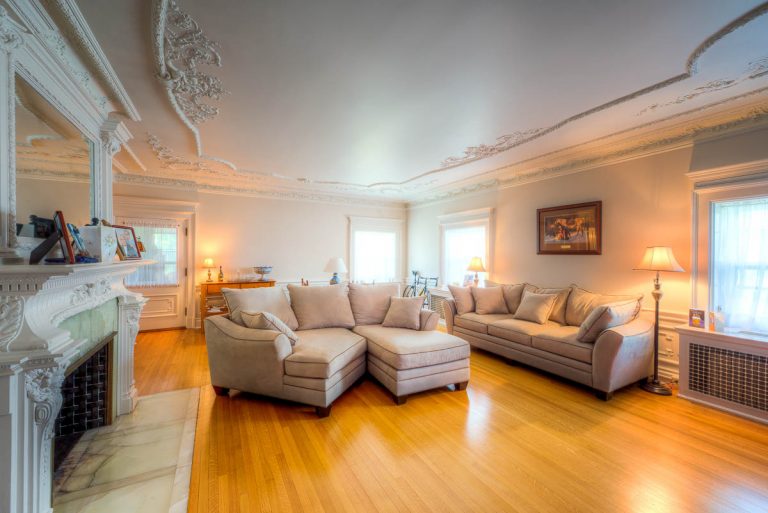
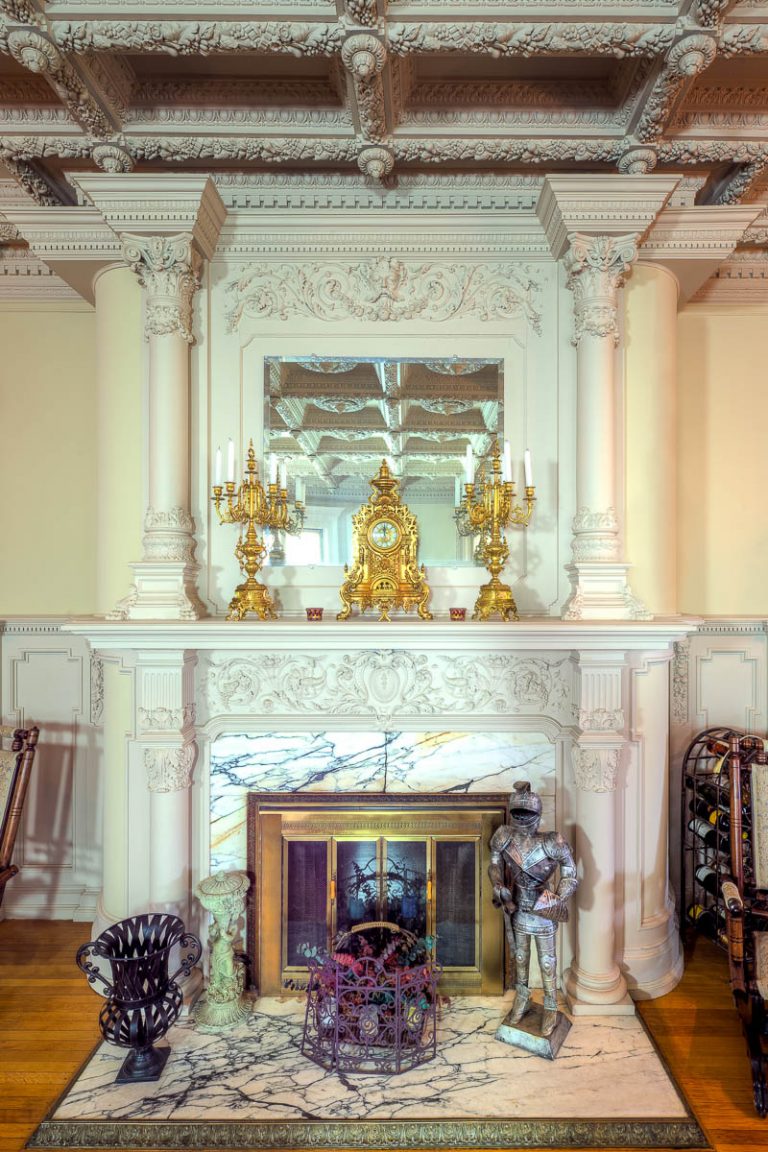
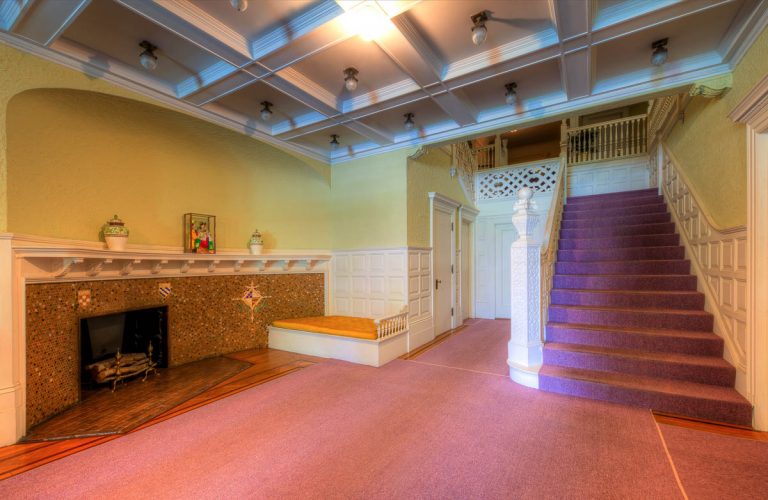













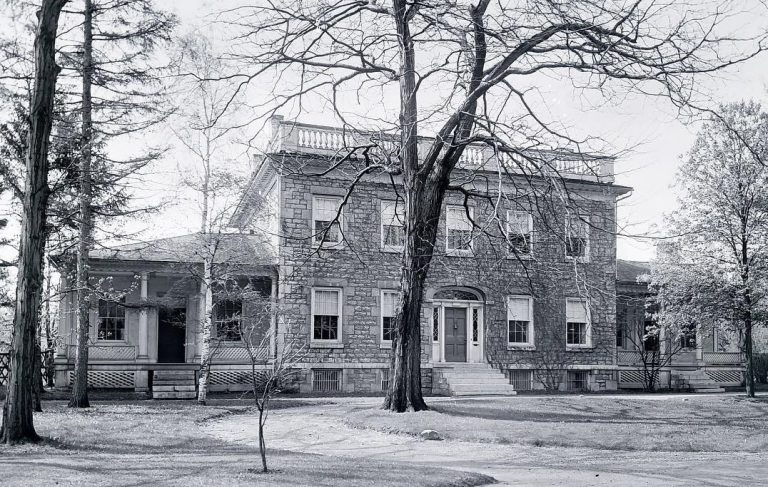



1 Reviews on “Emma Flower Taylor Mansion (1897 – Present)”
Thank you so much for putting these beautiful pictures and history of this gorgeous mansion online. I have always thought how wonderful it would be to go inside and look around. So, thank you for sharing.